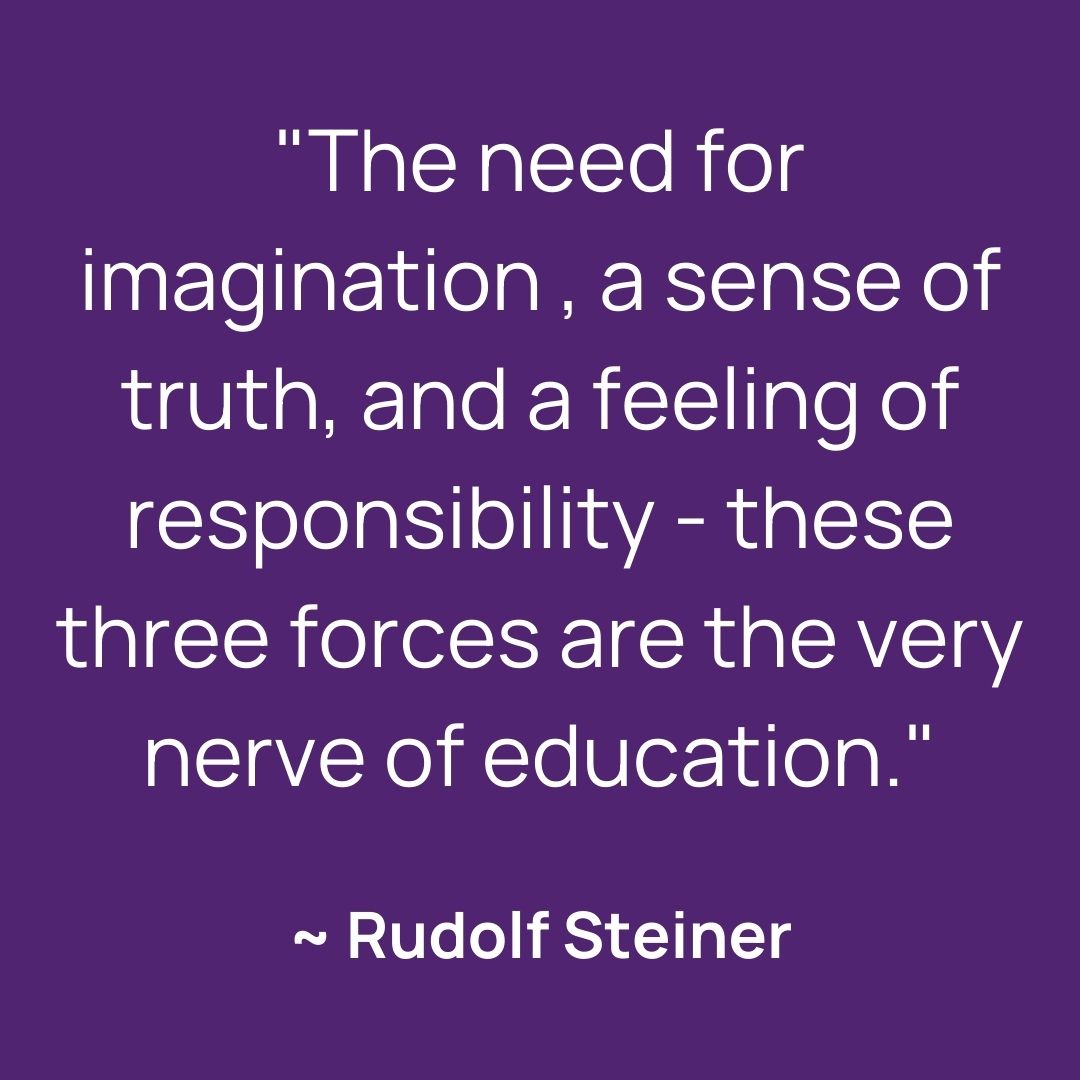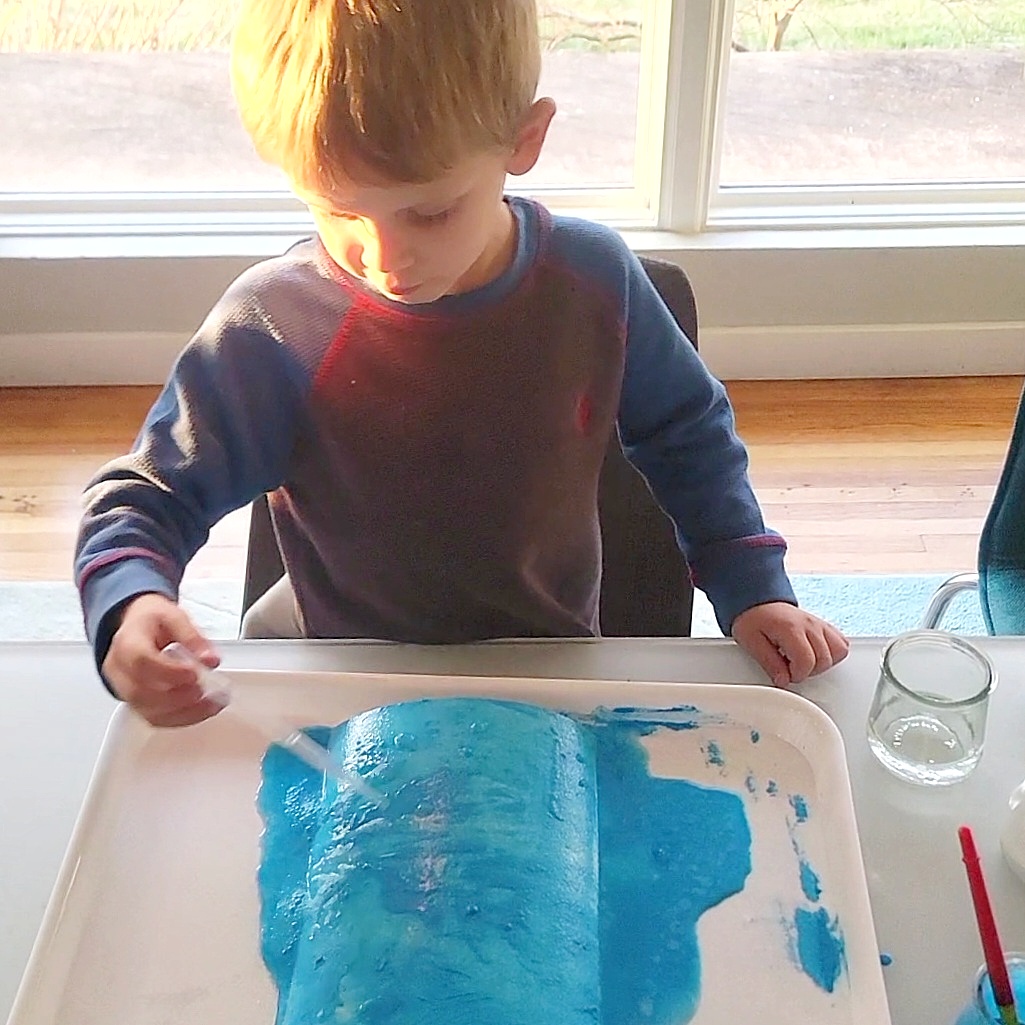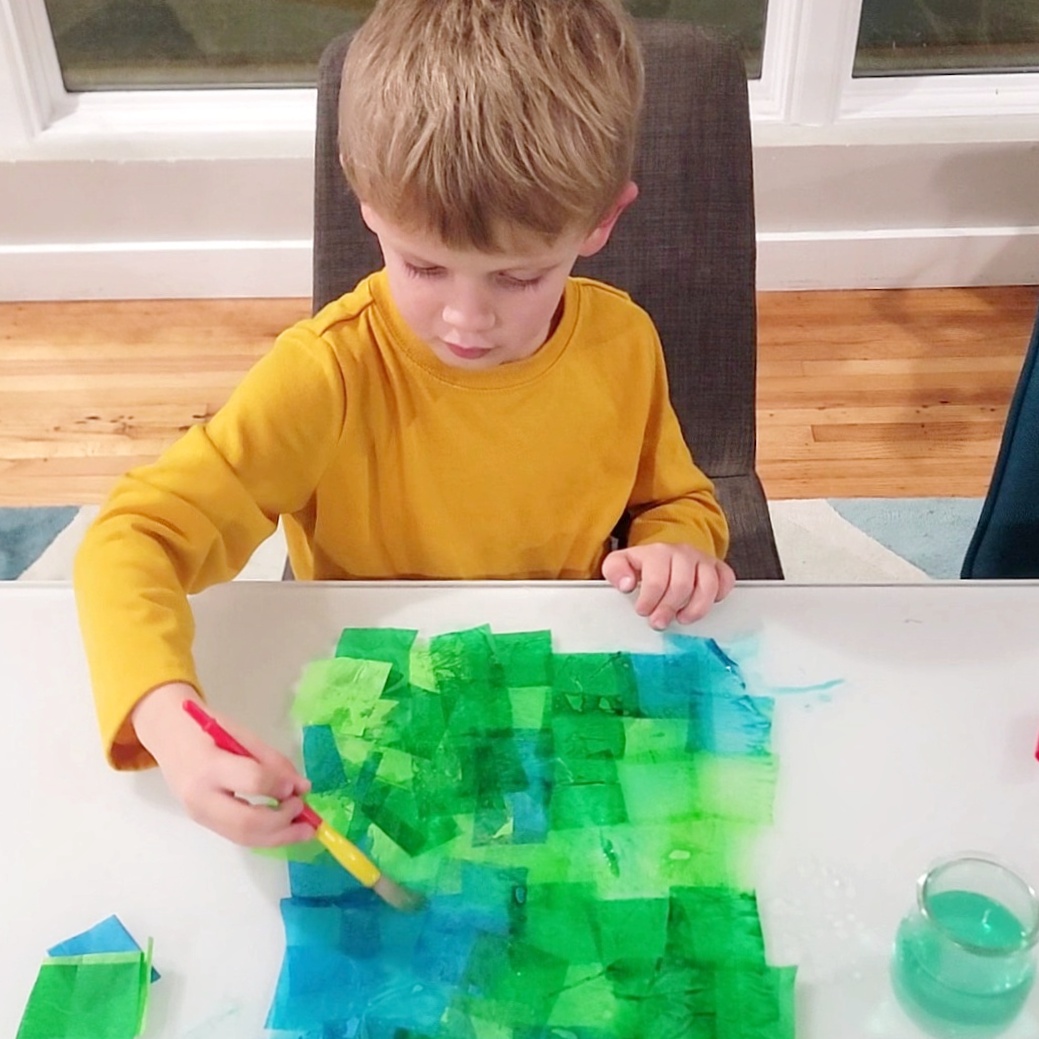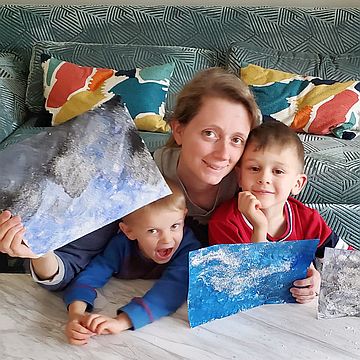Are you interested in the Waldorf educational model, but aren't quite sure what to look for in a Waldorf subscription box? There are hundreds of subscription boxes out there, but not many of them truly align with Waldorf educational priorities. In this blog, we'll help you learn a bit more about the focus of Waldorf. You'll see how the central points of a Waldorf education can be incorporated into a fun and engaging subscription box for your child.
At Kids Art Box, our subscription boxes fit in with a variety of educational models, including Waldorf. We are dedicated to giving kids the opportunity to use their imaginations, express their feelings, and practice skills in a no-pressure environment.


The Waldorf education model was designed in the early 1900s by Rudolf Steiner. He was a writer and philosopher. When he visited the Waldorf Astoria cigarette factory in Germany in 1919, he encouraged the workers to refresh their society and cultural values. To that end, the owner of the factory asked Steiner to start a school for the children of the factory's employees. That school opened just a few months later. There are now more than 250 Waldorf schools in North America.
The overarching goal of a Waldorf education is to balance a child's learning between the head, heart, and hands. Instead of focusing on worksheets and grades, children are invited to experience learning. Children learn by practicing purposeful, real-life activities—cooking, gardening, handwork. They're encouraged to be creative, make full use of their senses, and express themselves in several ways. In addition to traditional academics, there's an emphasis on music, art, theater, and literature.
One key to a Waldorf education is childhood developmental stages. Each child is encouraged to learn at their own pace. Teachers provide children with the time and support they need to master a skill. There are three developmental stages:
- Age 0-7: This stage is devoted to the physical body and imitation. Children learn to talk, to think, to move. They learn to do things by watching others do them first. There's a large emphasis on speaking and listening in this phase.
- Age 7-14: In this stage, social and emotional skills begin to develop. The five senses are emphasized, imagination takes center stage, and children begin to practice critical thinking.
- Age 14-21: Children learn to work with their thoughts and beliefs in this stage. Analytical skills and abstract thinking are emphasized.

Creative arts are a central component to the Waldorf philosophy. Teachers will frequently use art, along with music and dance, to enrich learning. In fact, children don't use textbooks. Instead, they create their own lesson books with illustrations, detailed hand-drawn maps, calligraphy, geometric shapes, and more.
Children draw, paint, and sculpt. They're also encouraged to practice handwork. This includes activities like knitting, crocheting, candle making, sewing, and other activities in which children use their hands to create something.
Art is beneficial to children in so many ways. It helps them:
- develop a sense of form and color;
- improve their visual tracking;
- practice patience and determination;
- feel a sense of accomplishment;
- express feelings; and
- exercise their creativity and imagination.

For parents looking to supplement a Waldorf education at home, Kids Art Box is the perfect choice. All three of our kids' subscription boxes support Waldorf priorities and goals. Each art project is aimed at developing a child's head, heart, and hands.
Inspires Creativity
Every Kids Art Box activity starts with a blank slate and a whole bunch of high-quality art supplies. From there, kids are invited to follow a set of broad instructions that teach them art techniques without impeding their creative freedom. These projects aren't focused on the end result looking perfect; they're focused on the creative experience and process of making art.
Develops Fine Motor Skills
During the first stage of development in a Waldorf education, kids learn how to use their bodies. Toddlers, preschoolers, and elementary students are constantly developing fine motor skills and learning to control the small, precise movements of their hands. These skills don't occur overnight, though. Kids have to practice.
Kids Art Box provides fun and engaging fine motor practice. We incorporate several fine motor activities into every box. Beading a string, peeling small stickers, working with clay, cutting with scissors, and painting with pipettes are just a few examples!
Provides an Avenue for Expressing Feelings
In the Waldorf philosophy, teachers and parents focus on the emotional growth of little ones, teaching them how to express their feelings and inviting them to do so whenever they can. Art is an important part of this process.
Sometimes, young children don't even have the vocabulary they need to express their feelings, but they can communicate their feelings through art. Kids Art Box provides the perfect avenue for this. As they play with colors, experiment with materials, and create stories with their art, children are expressing their emotions.
Projects Can Be Easily Adapted to Fit the Child's Developmental Stage
Children following a Waldorf educational model are allowed to learn new information and practice new skills at their own pace. There's no pressure to perform or rigorous requirements to meet. The Waldorf subscription box you choose should follow this line of thinking, too. The activities in some subscription boxes may be way too difficult for your little one, requiring you to do most of the activity and leaving your child frustrated and bored.
At Kids Art Box, we have three subscription boxes that are each specially curated to fit a specific age range. The Mommy and Me Art Box is geared toward children ages 3-6. The Daddy and Me Art Box is for kids 4-7 years old. The My Artist Box is for older children, ages 6-12. Each box is also kid-tested to make sure the activities are fun, engaging, and age-appropriate.
Each project is also easily adaptable for whatever developmental stage your child may be in at the time. There's no pressure to make the final piece look a certain way. We simply want children to have fun, use their imagination, and make meaningful connections with the caring adults in their lives.

Are you ready to give your child a creative boost? Kids Art Box is the perfect Waldorf subscription box to support your child's education. Signing up is easy. Just select your child's age and order your art box today!